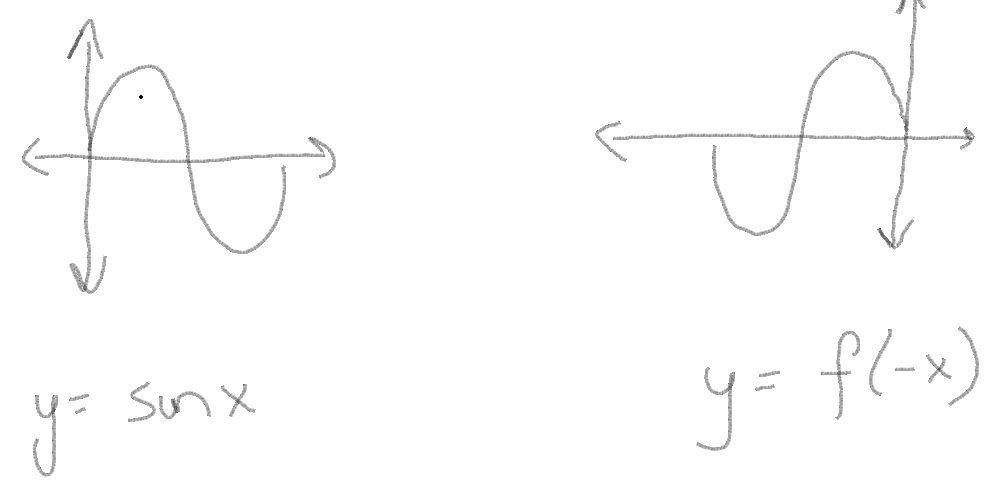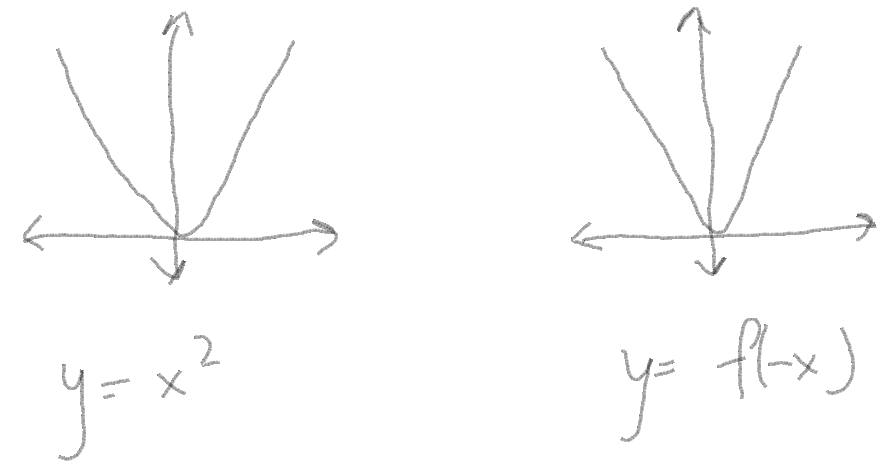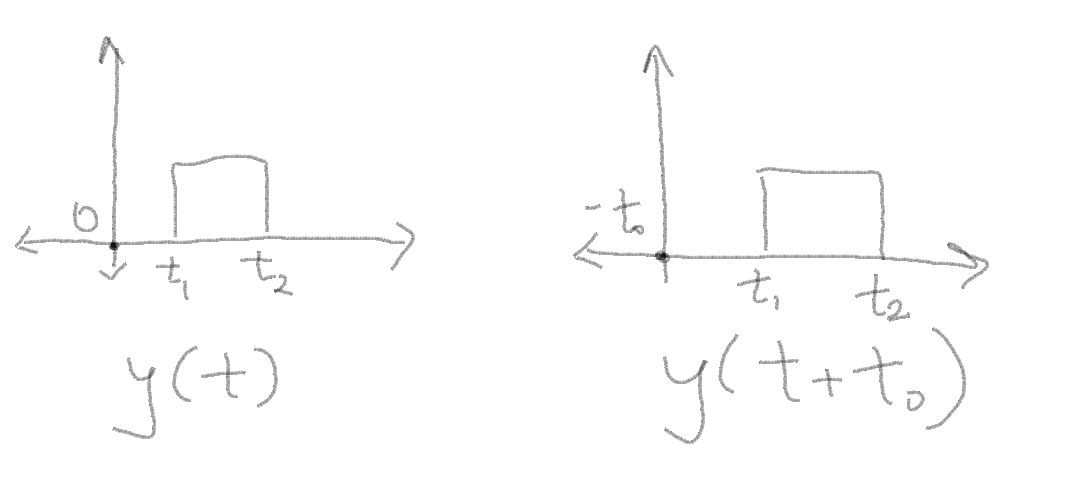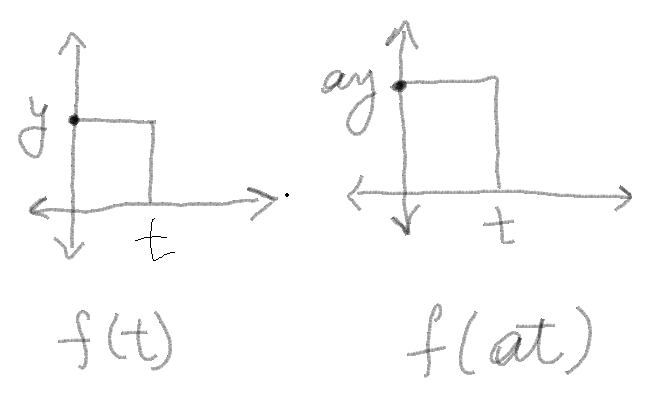Time dependent changes-
1. Time delay-
In simple terms you are shifting the original signal by a factor. For eg.
In this example as you can see, a simple way of understanding time shift/delay is by looking at how the graph changes when you want a shift in the signal.
2. Time scaling-
In simple terms you are shifting the height/width of the graph of a signal. The change in graph depends on the value of a. If |a|>0, then the height increases, else it decreases.
3. Time reversal-

Even/Odd Signals-




